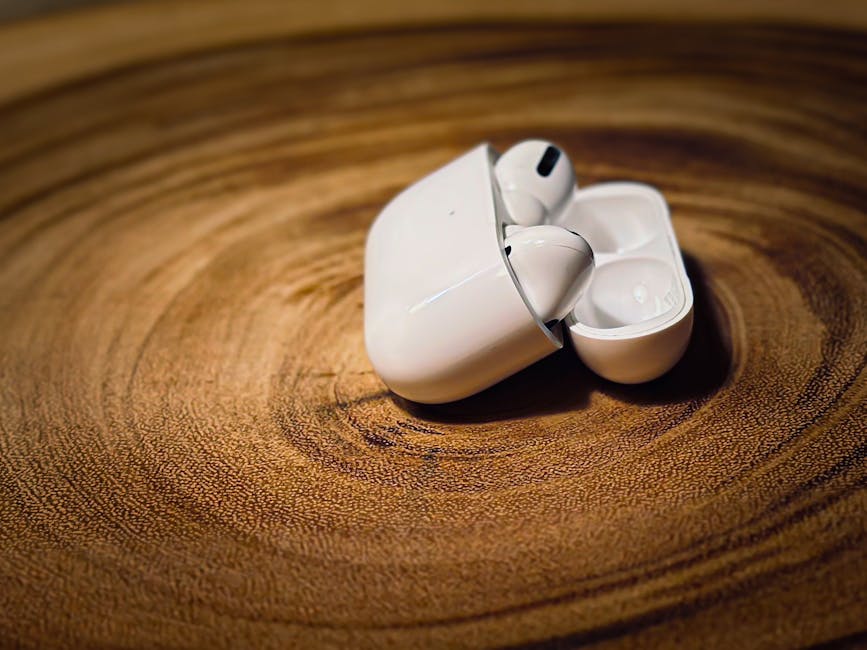
Why Your Dryer Sheets Are Coating Your Clothes in Chemicals
Why Your Dryer Sheets Are Coating Your Clothes in Chemicals
Introduction
In the quest for fresh, static-free laundry, many of us rely on dryer sheets as a quick and convenient solution. These thin, scented sheets promise to soften fabrics, reduce wrinkles, and leave clothes smelling like a spring meadow. But beneath their pleasant fragrance lies a less-discussed truth: dryer sheets are often loaded with synthetic chemicals that coat your clothes—and potentially your skin—with residues that may pose health risks.
If you’ve ever pulled a load of laundry from the dryer only to notice a faint waxy film on your clothes, you’ve witnessed the chemical buildup firsthand. But what exactly are these substances, and should you be concerned? This article explores the hidden ingredients in dryer sheets, their potential effects on health and the environment, and safer alternatives for keeping your laundry fresh and soft.
What’s Really in Dryer Sheets?
Dryer sheets are infused with a mix of chemicals designed to adhere to fabrics during the drying cycle. While manufacturers aren’t always required to disclose every ingredient, common components include:
1. Quaternary Ammonium Compounds (Quats)
These positively charged surfactants are used to reduce static cling by neutralizing electrical charges on fabrics. However, some quats (like dihydrogenated tallow dimethyl ammonium chloride) have been linked to respiratory irritation and potential hormone disruption.
2. Fragrance Chemicals
The pleasant scent of dryer sheets comes from synthetic fragrances, which can contain dozens of undisclosed chemicals, including phthalates—plasticizers known to interfere with endocrine function. Many people experience allergic reactions or asthma-like symptoms from prolonged exposure to these artificial scents.
3. Fatty Acids and Waxes
To soften fabrics, dryer sheets often contain stearic acid or other wax-like substances that melt in the heat of the dryer, leaving a thin coating on clothes. Over time, this buildup can reduce fabric absorbency (a problem for towels and athletic wear) and may even transfer to skin.
4. Silicone-Based Lubricants
Some dryer sheets use silicones to create a slippery feel on fabrics, mimicking softness. While not necessarily toxic, these compounds can accumulate in the environment and contribute to microfiber pollution.
The Health and Environmental Concerns
Skin Irritation and Allergies
The chemical residues left on clothes can absorb into the skin, potentially causing irritation, rashes, or dermatitis—especially in people with sensitive skin or conditions like eczema. Fragrance chemicals are among the most common culprits of allergic reactions.
Respiratory Issues
When heated in the dryer, volatile organic compounds (VOCs) from fragrances can be released into the air, contributing to indoor air pollution. Those with asthma or chemical sensitivities may experience worsened symptoms.
Environmental Impact
Dryer sheets are single-use products that contribute to landfill waste. Additionally, the chemicals they contain can wash off in subsequent laundry cycles, entering waterways and potentially harming aquatic life. Some ingredients, like synthetic musks, are persistent in the environment and may bioaccumulate in wildlife.
Reduced Fabric Performance
Over time, the waxy buildup from dryer sheets can clog fabric fibers, making towels less absorbent and athletic wear less breathable. This residue can also attract more lint and dirt, causing clothes to look dingy faster.
Safer Alternatives to Dryer Sheets
If you’re concerned about chemical exposure but still want soft, static-free laundry, consider these natural alternatives:
1. Wool Dryer Balls
Made from 100% wool, these reusable balls tumble with your laundry, naturally softening fabrics and reducing static. For added fragrance, you can add a few drops of essential oils (like lavender or eucalyptus) to the balls before drying.
2. Vinegar in the Rinse Cycle
White vinegar is a natural fabric softener that helps break down detergent residues without leaving a chemical film. Add half a cup to your washer’s rinse cycle for softer clothes.
3. Aluminum Foil Balls
A crumpled ball of aluminum foil can help reduce static cling without any chemicals. Simply toss it in the dryer with your laundry and reuse it for multiple loads.
4. DIY Dryer Sheets
For a chemical-free version, soak small cloth squares in a mix of water, vinegar, and essential oils, then let them dry before using them in the dryer.
5. Line Drying
Whenever possible, air-drying clothes eliminates the need for dryer sheets altogether. Sunlight also acts as a natural disinfectant and deodorizer.
Conclusion
While dryer sheets offer convenience, their hidden chemical load may come at a cost to your health, your clothes, and the environment. By switching to natural alternatives, you can enjoy fresh, soft laundry without the synthetic residues. If you’re not ready to give up dryer sheets entirely, look for fragrance-free, plant-based options with transparent ingredient lists.
Your laundry routine shouldn’t leave a trail of chemicals behind—making small changes today can lead to cleaner clothes and a healthier home tomorrow.







